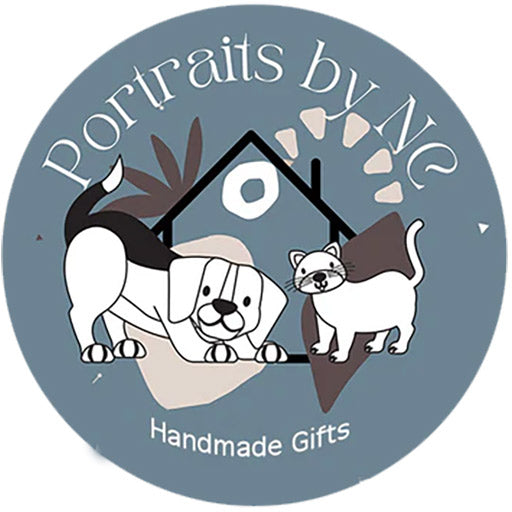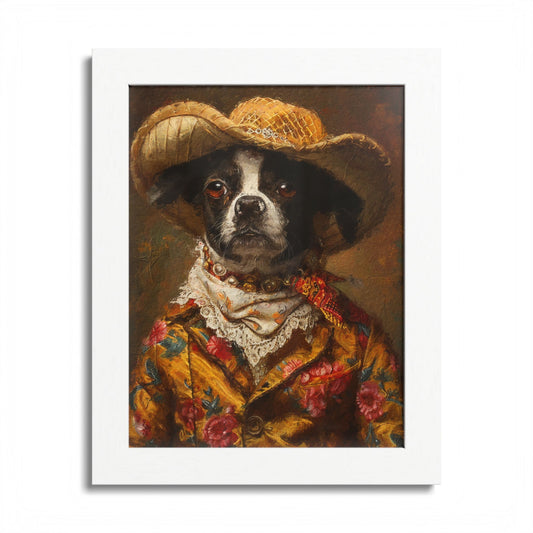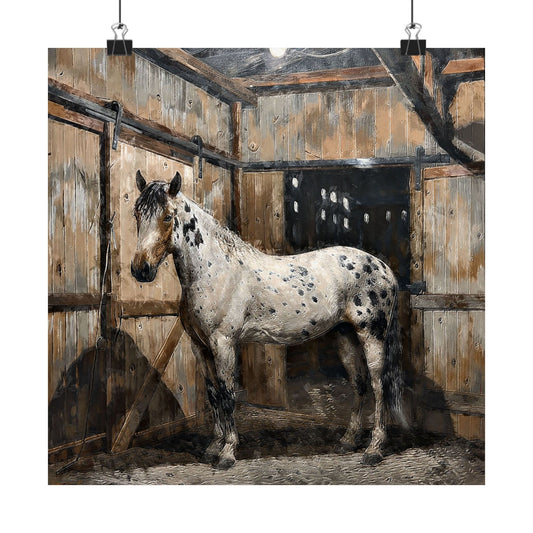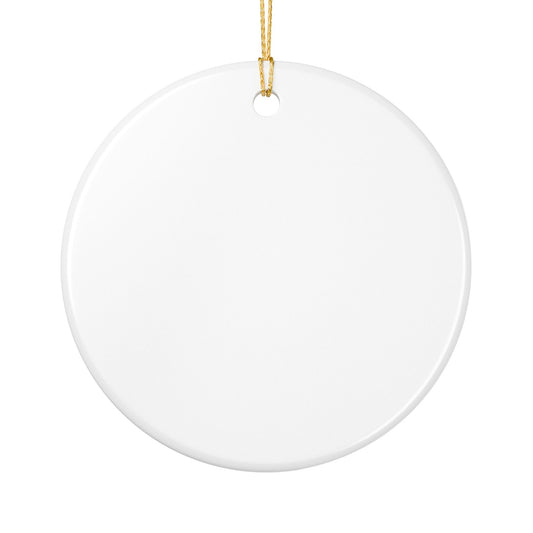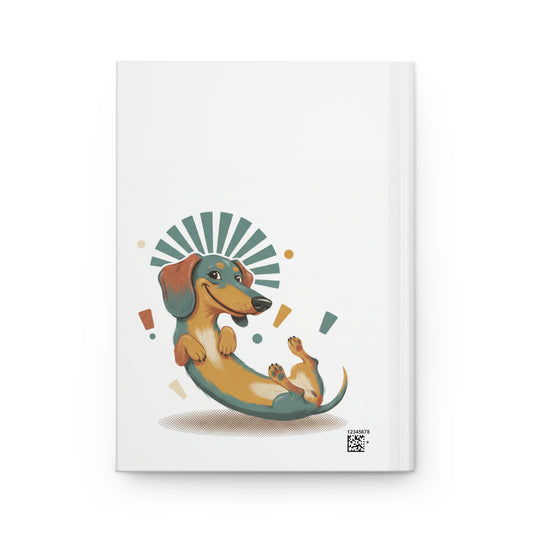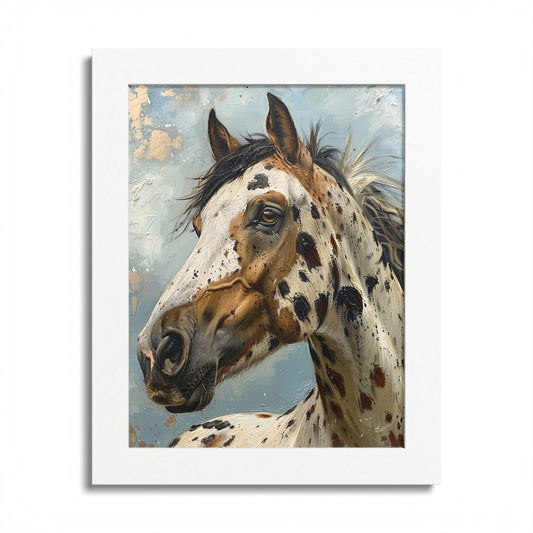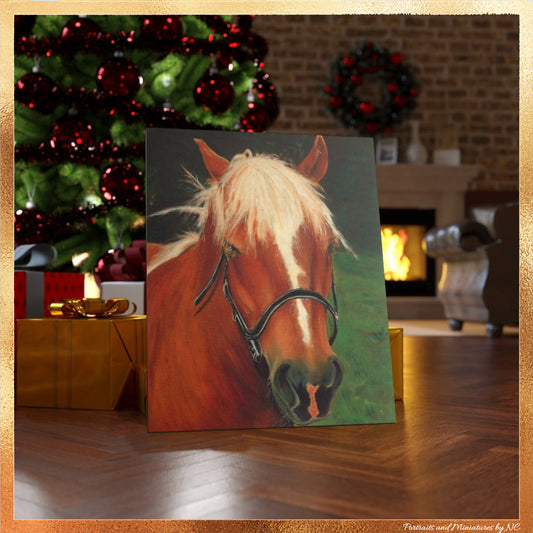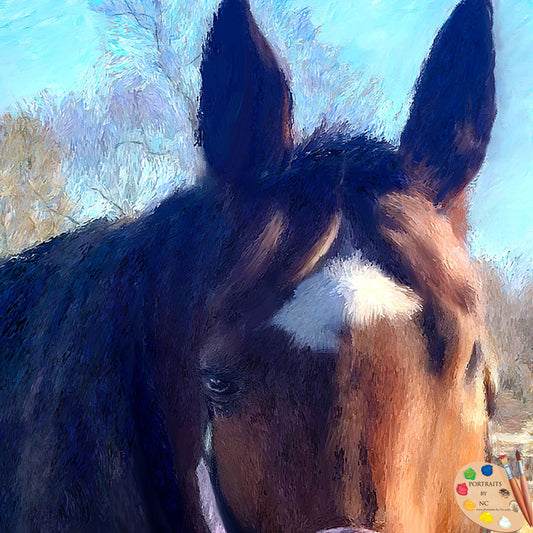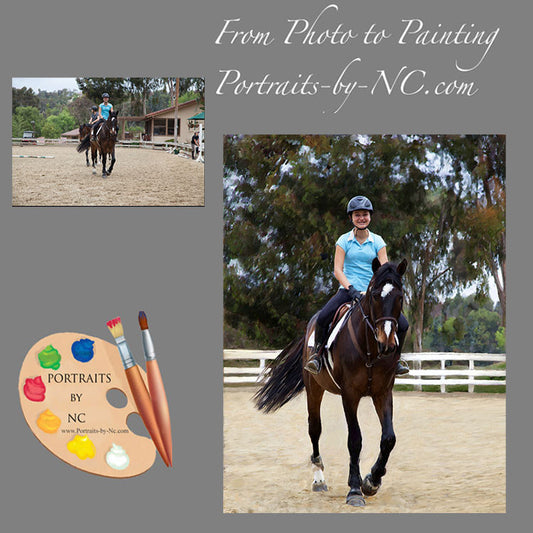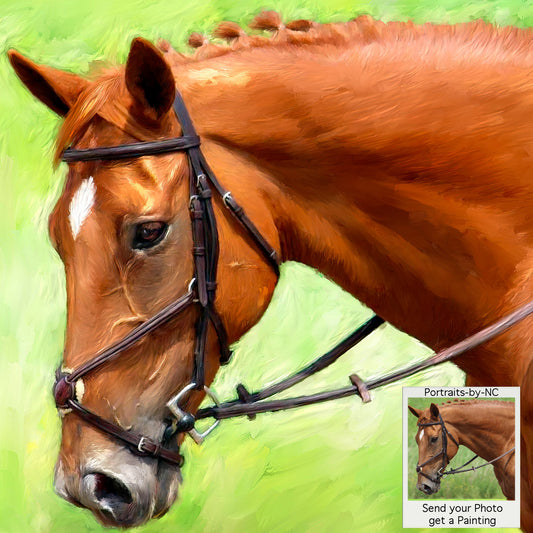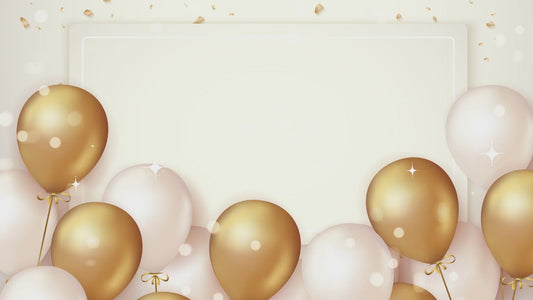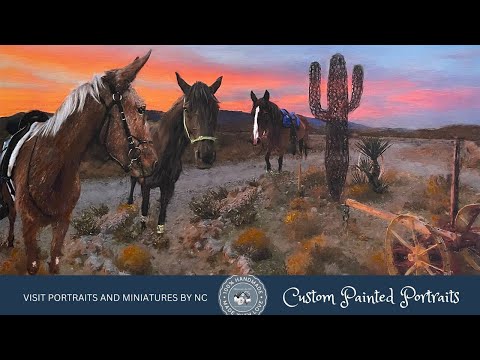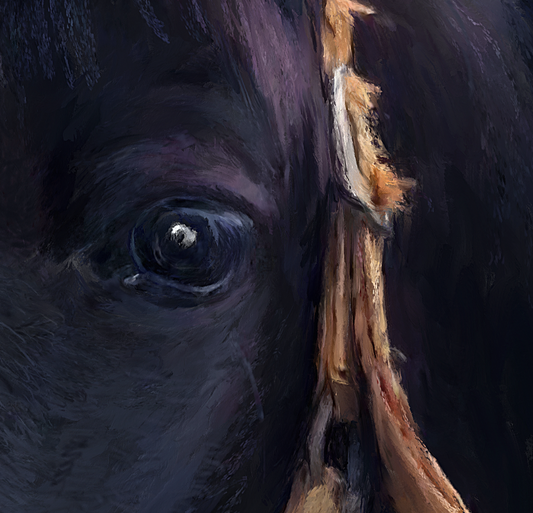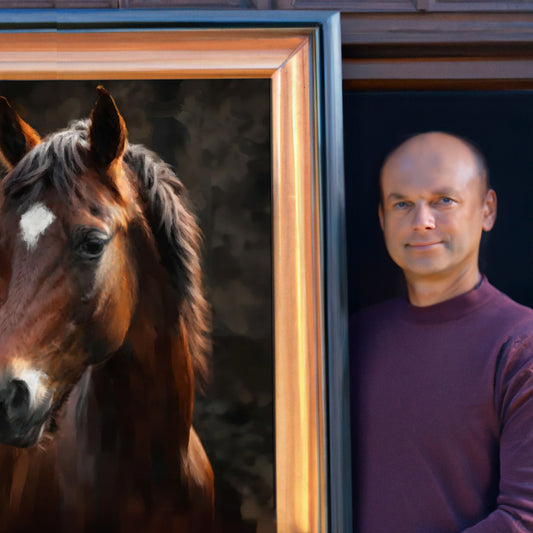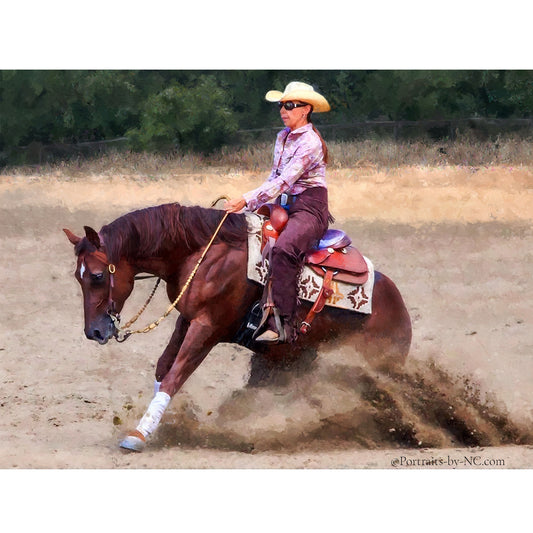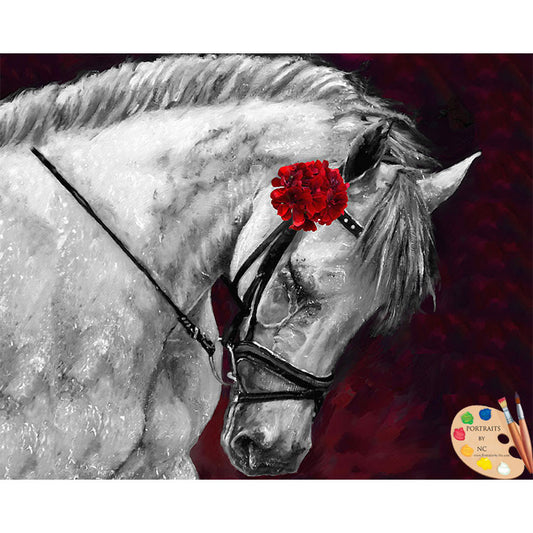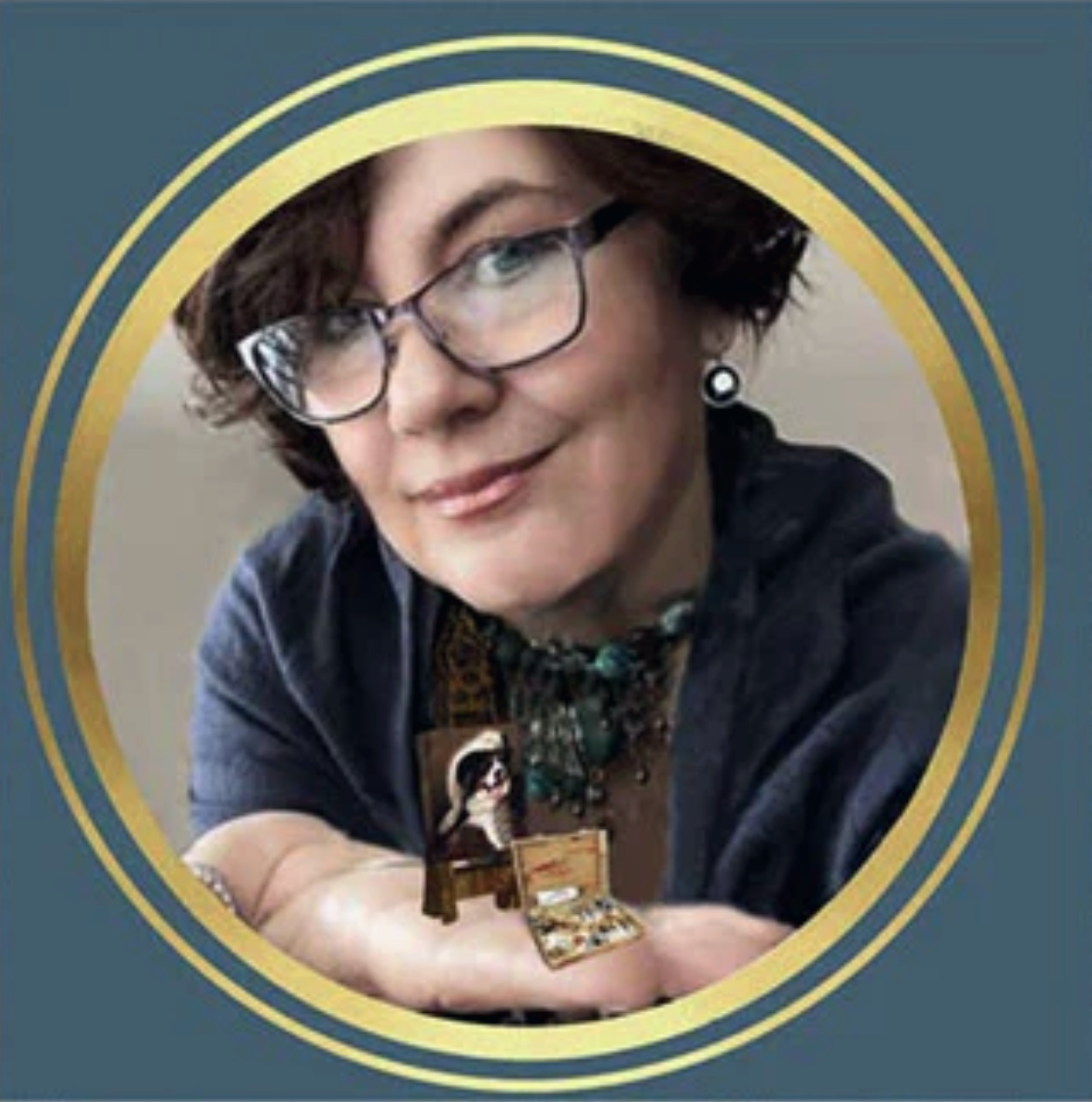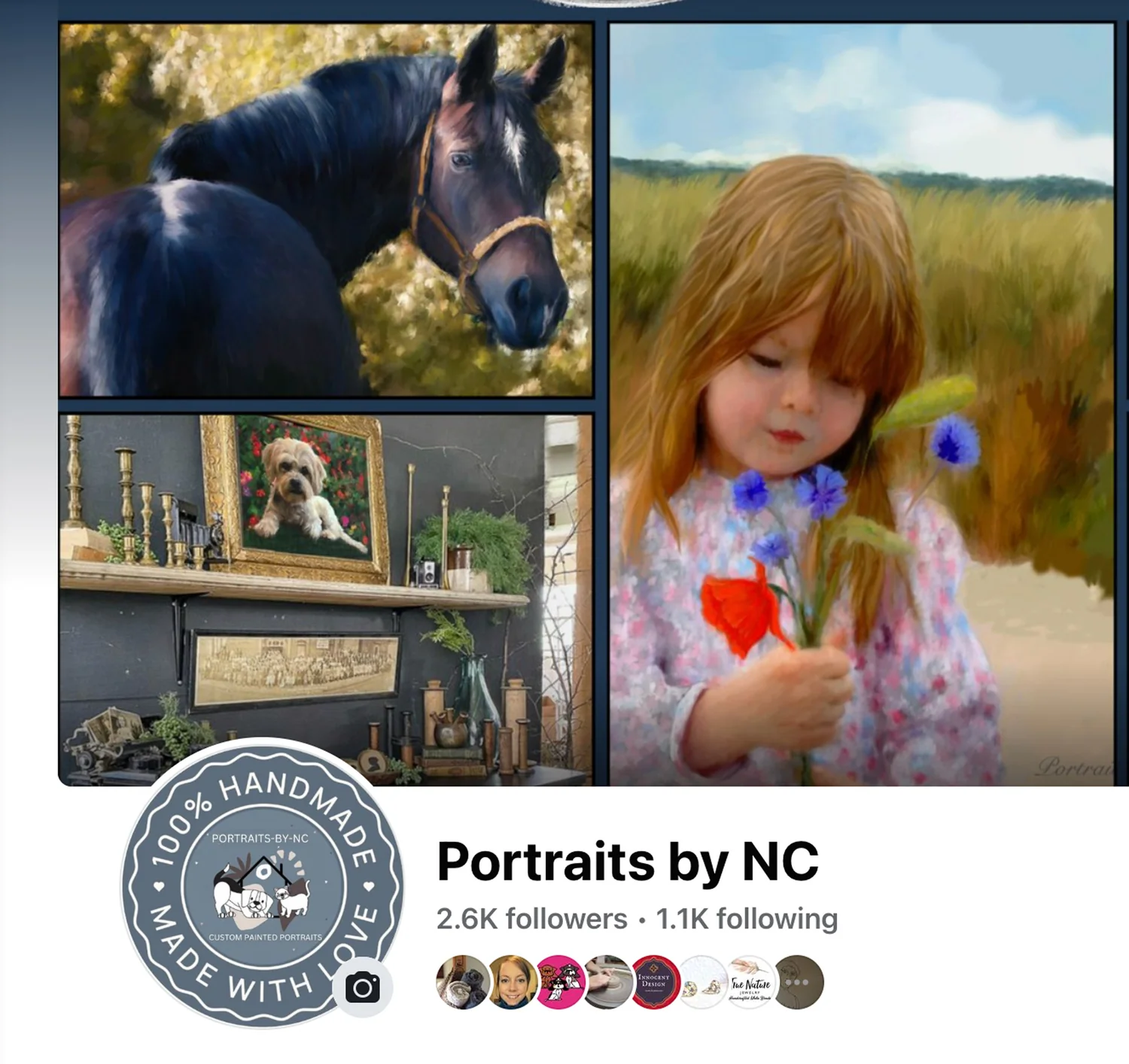Amal Grisaille
Share

Every time I come back to the painting to add a new layer, I start the painting with the largest areas first. Just like the musician, who will play some scales to warm his fingers up, it helps to to loosen up and get into the painting mood.
Asking what value is the background? On Amal it is very simple a value 0 (black) and a maybe value 2 for the lighter areas. Remembering that painting is a series of corrections, all that is important is to find values that are fairly close to the reference. Even though the entire background is covered in paint, some areas of this painting will have the brown wash-in slightly show through, creating more sense of depth and interest.
I should mention that I use the Munsell Scale of values 10 being pure white and 0 being pure black. I will add a link to this later.
Looking for the next largest areas to mass in, hair, clothes, face...
A good trick to find the correct values is to ask yourself weather the area you are trying to match is lighter or darker than an adjacent area. Use your value finder, squint and keep comparing darks and lights.
Imagine a coloring book. As kids we are taught to stay within the lines when we apply color. While doing this style of realistic oil painting this is not a desired effect, because it will create a very cut out look. To give the illusion that the figure occupies space, try to slightly feather the paint over the adjacent areas. For example as I apply the background I will slightly feather over the silhouette of the figure. This technique is applied in every layer in various degrees until the optimum result is achieved.
Sorry about the awful glare, but the paint is rather wet and I will have to re-shoot.
